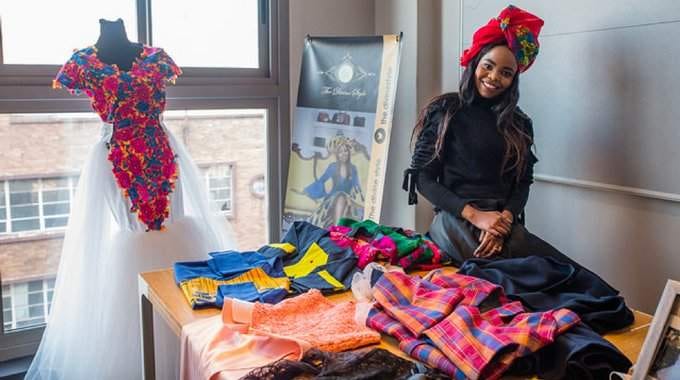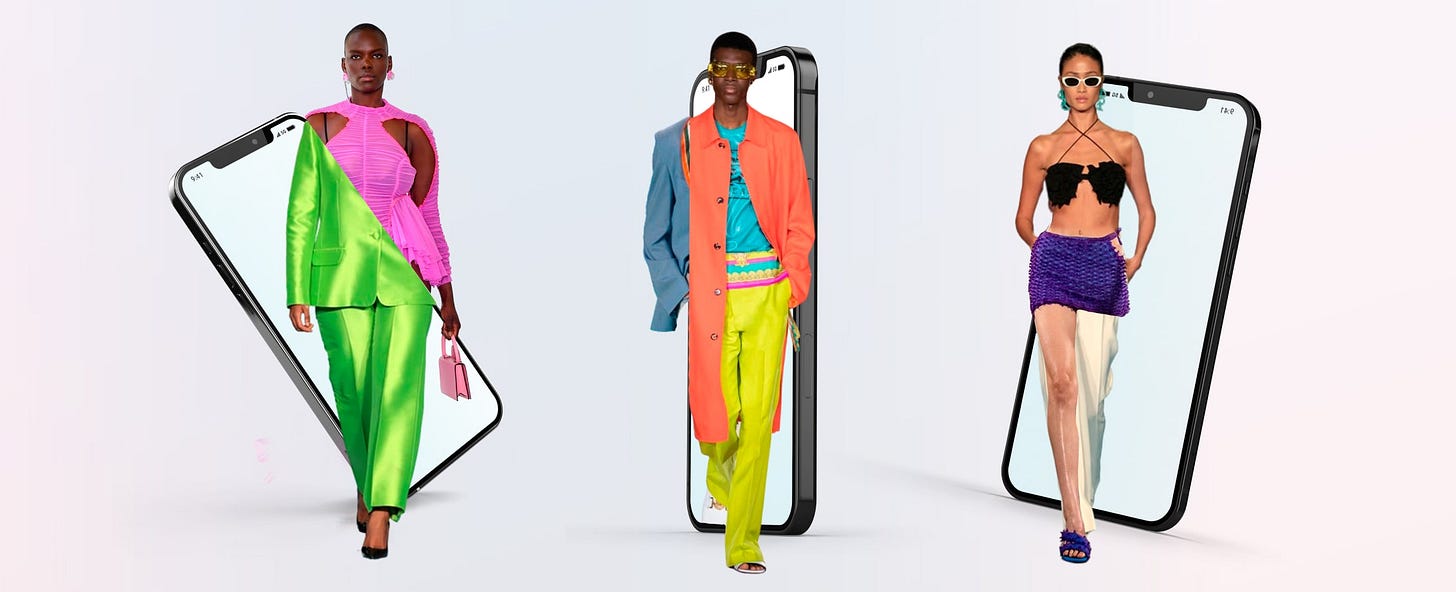Africa’s Fashion Industry Embraces Tech for Global Expansion
The fabric of Africa’s fashion industry is being rewoven—not just with threads and patterns, but with code, algorithms, and digital platforms. Once limited by borders, trade bottlenecks, and the uneven gaze of global fashion capitals, Africa’s designers are now stitching their way into global markets with the help of technology.
This is no side detail. Technology is no longer a luxury accessory in Africa’s fashion story—it is the very loom on which the industry’s future is being crafted.
From Catwalk to Cloud
The runway is no longer confined to Lagos or Johannesburg. A collection today lives as much on Instagram Reels, TikTok feeds, and Threads posts as it does on the catwalk. In fact, for many designers, the online release is the real debut. Fashion weeks still matter, but what matters more is the reach of a viral video or a live-streamed showcase.
Tech has flattened the hierarchy. Once, access to global visibility depended on physical invitations to Paris or Milan. Today, designers can beam collections across continents instantly. The catwalk has migrated to the cloud, and African fashion is finally walking it without waiting for Western approval.
Digital Marketplaces: New Global Boutiques
Selling clothes used to mean waiting for a retail buyer to take a chance, shipping through clogged ports, and surviving tariffs that made prices uncompetitive abroad. That bottleneck is breaking.
Digital marketplaces are the new boutiques. From pan-African platforms that curate contemporary African fashion, to global e-commerce giants now opening their doors to designers from the continent, the model is simple: upload, market, and sell directly to anyone, anywhere. The barriers that once kept African fashion locked behind local distribution walls are falling.
This isn’t just about visibility—it’s about ownership. Designers no longer need middlemen to validate them. They can sell directly, keep more of their margins, and build global customer bases without surrendering creative control.
Social Media as the New Front Row
In fashion, attention is currency, and social media has rewritten the rules of value. Where once only a privileged few could sit in the front row of a fashion show, now millions can scroll through it in real time.
For African designers, this is liberation. They no longer need to beg for column inches in glossy magazines; the feed is the magazine. Viral moments—whether from bold styling, cultural storytelling, or behind-the-scenes content—carry the weight of entire marketing budgets.
Social media has also blurred the line between designer and audience. Consumers are no longer passive; they co-create trends by sharing, remixing, and styling looks. This feedback loop allows African designers to test markets, adapt collections, and build loyal global communities without waiting for retail reports months later.
Virtual Fashion: Escaping Physical Limits
What happens when fabric no longer needs to exist physically to generate value? That’s the question driving the rise of virtual fashion. Digital outfits designed for avatars, AR filters that let buyers “try on” a garment without touching it, and blockchain-secured fashion drops are all tools African designers are beginning to explore.
For a continent where logistics and distribution often choke growth, the appeal is obvious. Virtual fashion bypasses shipping costs, border delays, and counterfeit risks. It creates an entirely new revenue stream—selling digital-only garments—that is not limited by geography or production capacity.
It’s not about replacing traditional craft. It’s about extending it. The same beadwork, weaving, and tailoring traditions that define African fashion can now live in two worlds: physical and digital.
The Data-Driven Wardrobe
Fashion is often seen as an art form, but it is also a numbers game. In an industry where trends shift by season, data is the compass that keeps designers from getting lost.
AI and machine learning tools now help forecast what colors, cuts, or fabrics will trend next. Algorithms sift through search data, purchase histories, and social chatter to predict what buyers will want tomorrow. For African designers, who often face thin margins and high risk of unsold stock, this intelligence is transformative.
It means fewer wasted resources, leaner production cycles, and more accurate targeting of global audiences. The designer who once had to rely solely on instinct can now design with data as an ally.
Fintech as Fashion’s Hidden Ally
Behind every sale is a payment system, and here too, technology has reshaped possibilities. Cross-border payments were once a nightmare, with high fees and slow transfers choking the ability of African designers to serve international clients.
Fintech has broken that wall. Digital wallets, instant transfers, and integrated payment systems allow designers to transact in dollars, euros, or pounds without drowning in bureaucracy. A buyer in Paris can now purchase directly from Lagos, and the designer can receive funds instantly—no middlemen required.
This seamless financial layer is quietly as revolutionary as any runway innovation. It removes one of the last great barriers to Africa’s fashion global expansion: the inability to get paid easily and fairly across borders.
Policy Shadows Over a Digital Boom
Technology has given African designers the tools to leap over borders, but policies still drag them back. High tariffs on textile imports, poor infrastructure, and weak intellectual property protections remain persistent roadblocks.
Tech can amplify, but it cannot entirely erase structural weaknesses. Without supportive trade frameworks, affordable internet access, and enforceable copyright protections, Africa’s fashion-tech revolution risks being concentrated in a handful of urban hubs rather than lifting the industry as a whole.
The truth is stark: Africa’s fashion economy can compete globally, but whether it scales will depend as much on digital adoption as on political will.
The Stakes for the Next Decade
The global fashion industry is worth over $1.7 trillion, and Africa’s share remains disproportionately small despite its creative abundance. Analysts project that Africa’s fashion market could grow into a $15–$20 billion powerhouse within a decade—but only if it integrates technology deeply and broadly.
Tech has already proven it can flatten hierarchies. The designer working from a studio in Dakar can now reach a buyer in New York without leaving their city. The tailor in Kampala can digitize their portfolio and market to diaspora communities. The global catwalk is no longer exclusive; it is algorithmic, accessible, and waiting for African voices to dominate it.
What remains is execution. Will African designers embrace these tools at scale? Will policymakers back them with infrastructure and protections? And will global consumers, seduced by novelty, recognize Africa not as a niche, but as an essential part of the future of fashion?
Final Thread
Africa’s fashion industry has never lacked creativity. What it lacked was reach. Technology is changing that, offering designers not just visibility but power: power to own their distribution, engage their audiences, and command their value globally.
The story of Africa’s fashion industry is no longer one of catching up—it is one of rewriting the rules. The question is not whether Africa will join the global fashion economy, but whether the global fashion economy is ready for what Africa is about to bring.
A guest post by
A curious mind exploring the crossroads of creativity and insight.






